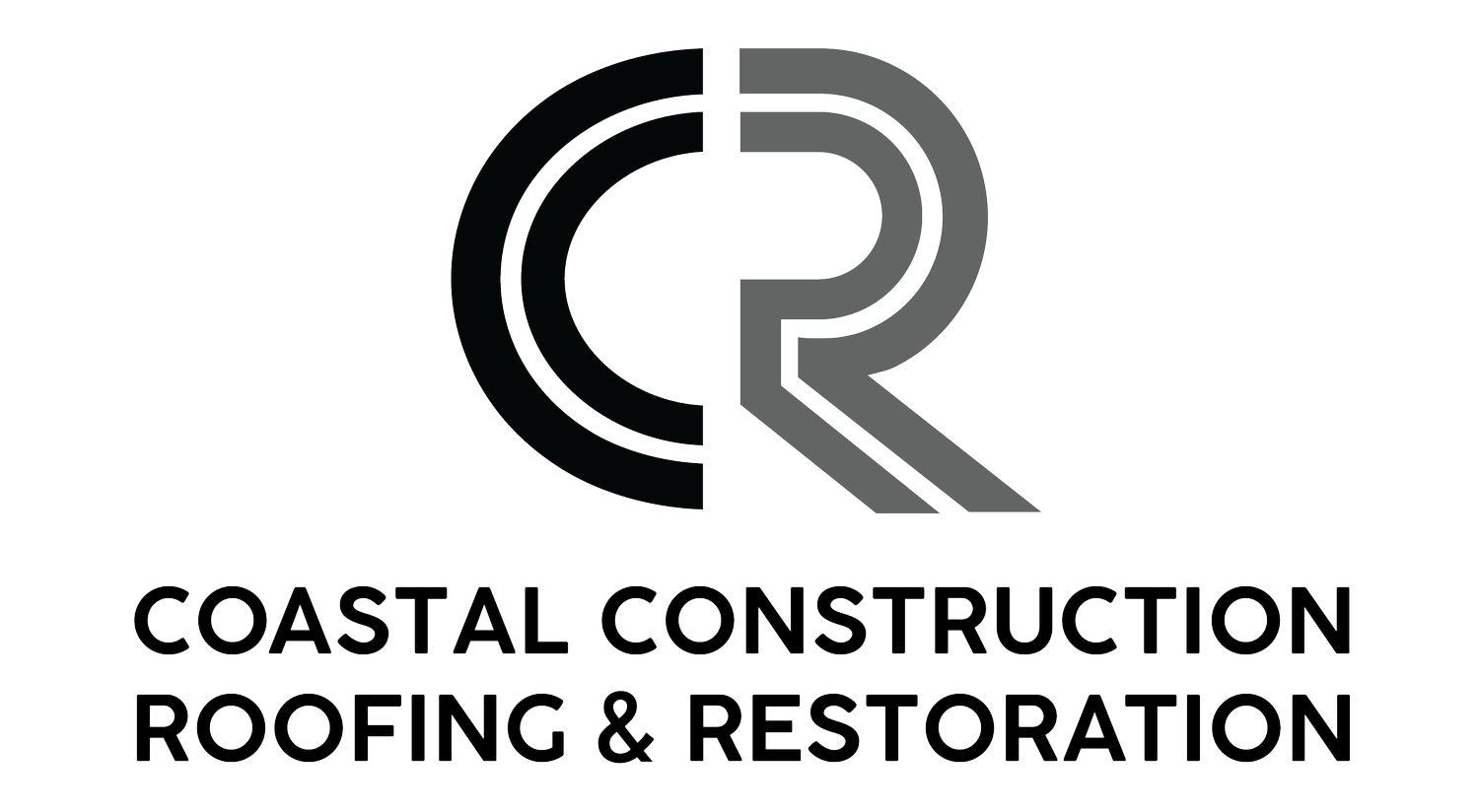After the Storm: Assessing Roof Damage and Planning for Restoration Challenges
Natural disasters such as storms can wreak havoc on homes, leaving behind a trail of destruction and devastation. Among the various components of a house, the roof often takes the brunt of the damage, leaving homeowners grappling with the daunting task of assessing the extent of the destruction and planning for restoration.
Assessing the Damage:
The first step after a storm is to assess the damage to your roof. Here's how to do it effectively:
Safety First: Before inspecting your roof, ensure that it's safe to do so. Look out for downed power lines, unstable structures, and other hazards. If the conditions are unsafe, wait for professional assistance.
Exterior Inspection: Start by examining the exterior of your roof from the ground. Look for missing or damaged shingles, dented gutters, and debris accumulation. Binoculars can help you get a closer look without risking your safety.
Interior Inspection: Next, inspect the interior of your home for signs of roof damage. Check for water stains on ceilings, dampness in the attic, and visible sunlight entering through gaps or cracks.
Document the Damage: Take photographs or videos of the damage for insurance purposes. Make sure to capture clear images of the affected areas from multiple angles.
Planning for Restoration:
Once you've assessed the damage, it's time to plan for the restoration of your roof. Here are the key steps to take:
Contact Your Insurance Provider: Notify your insurance company about the damage to your roof as soon as possible. Provide them with detailed documentation, including photographs and videos, to support your claim.
Seek Professional Assistance: Hire a reputable roofing contractor with experience in storm damage restoration. Look for licensed and insured professionals who can provide references and a written estimate for the repairs.
Temporary Repairs: In some cases, temporary repairs may be necessary to prevent further damage until permanent repairs can be made. Your roofing contractor can advise you on the best course of action.
Schedule Repairs: Work with your roofing contractor to schedule the necessary repairs. Be prepared for potential delays, especially during peak times following a major storm.
Consider Upgrades: Use the opportunity of roof restoration to consider upgrades or improvements, such as installing impact-resistant shingles or upgrading ventilation systems for better energy efficiency.
Stay Informed: Throughout the restoration process, stay in communication with your roofing contractor and insurance provider. Keep track of progress and address any concerns or questions as they arise.
Recovering from roof damage after a storm requires careful assessment and planning. By following these steps and working with trusted professionals, you can navigate the restoration process with confidence. If you're in need of assistance with roof damage restoration, don't hesitate to contact us. Our team of experienced professionals is here to help you rebuild and restore your home after the storm.

